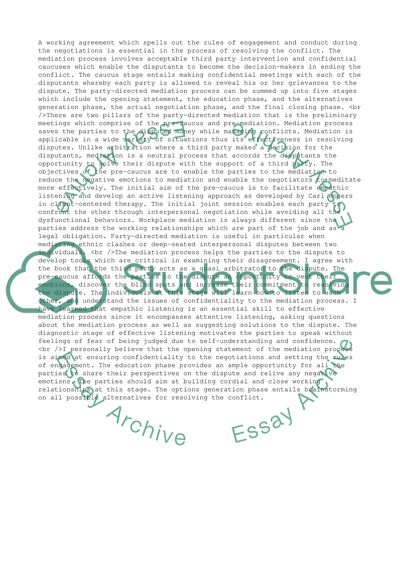Cite this document
(“Conflict Resolution-Mediation Essay Example | Topics and Well Written Essays - 2500 words”, n.d.)
Retrieved from https://studentshare.org/management/1400066-conflict-resolution-mediation
Retrieved from https://studentshare.org/management/1400066-conflict-resolution-mediation
(Conflict Resolution-Mediation Essay Example | Topics and Well Written Essays - 2500 Words)
https://studentshare.org/management/1400066-conflict-resolution-mediation.
https://studentshare.org/management/1400066-conflict-resolution-mediation.
“Conflict Resolution-Mediation Essay Example | Topics and Well Written Essays - 2500 Words”, n.d. https://studentshare.org/management/1400066-conflict-resolution-mediation.


